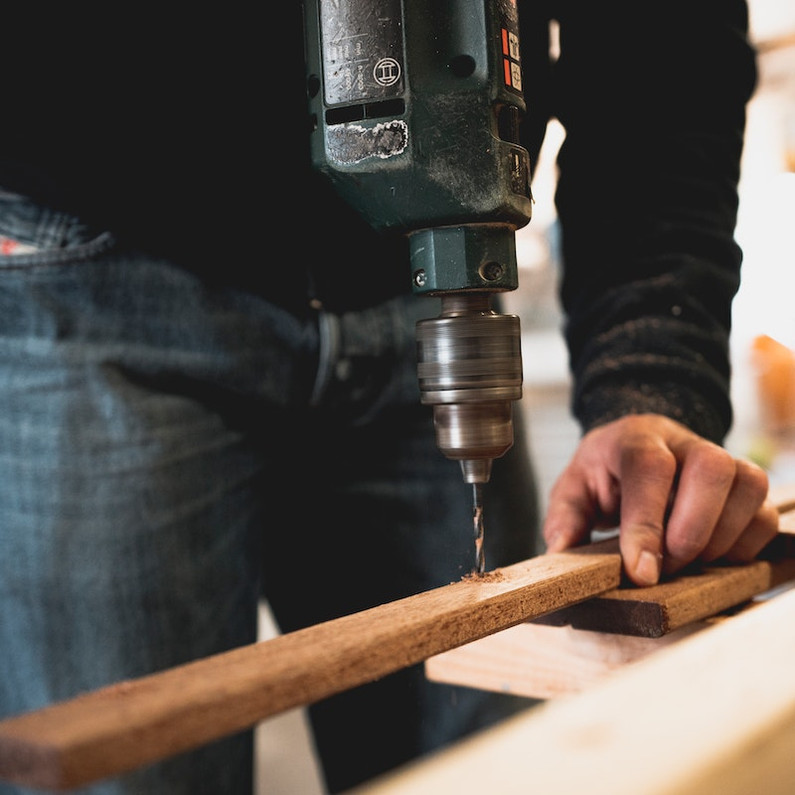DIY Humidor Cabinet: Build Your Own with Tips
Cabinet humidors are typically larger than tabletop humidors and offer more storage for your cigars. They also look magnificent and do a fantastic job keeping your cigars in the correct humidity.
While many people will simply buy a quality cabinet humidor, the more adventurous or skilled individuals may seek a challenge and attempt to build their own. This is possible, but it can be a daunting task and in the guide below, I give tips and tricks and look at how to build a humidor cabinet.
Planning Your DIY Humidor Cabinet
Before you buy any materials, planning is essential to build a homemade humidor. Do some research, take a look at classic cabinet humidors, and settle on the style you want. Your cabinet should then have the following core components:
- A secure external frame with an attached door and a tight seal.
- An internal lining that contributes to humidity control.
- Storage shelves to place the cigars on.
- A humidity control system.
How you achieve the above is up to you, but to make your homemade cabinet humidor work properly, these components are essential.
Materials and Tools
The list of materials and tools really depends on the approach you take to build your homemade humidor. However, if you want the classic cabinet humidor look, the following is a good starting point:
- Internal Wood - Preferably Spanish cedar.
- External Wood - Good examples include cherry, maple, and walnut.
- Glass.
- Door hinges.
- Humidifier.
- Hygrometer.
You need two types of wood - one to create the external frame, and another for the internal space to help with humidity control with the best option being Spanish cedar wood.
Traditionally, cabinet humidors have a nice large glass panel in the door so you can display your cigars proudly so you will need a glass sheet (I recommend getting a pre-cut sheet once you know the dimensions).
Other smaller items include door hinges and the humidity control system which includes a hygrometer and humidifier.
DIY Humidor Cabinet Building Process
I can’t give an exact step-by-step process on how to build a humidor cabinet as the design variations are potentially infinite. Therefore, below, I explain the core processes involved that any DIY humidor should include.
Building the Humidor Cabinet Frame
The frame constitutes the main structure of your cabinet humidor including the sides and doors. This doesn’t include the interior as different materials should be used for this.
Typically, the external frame and doors of a cabinet humidor are made from wood such as walnut, maple, and cherry. What wood you use isn’t as important as the internal wood so go with something that you like the look of!
Building the Humidor Cabinet Interior
The cabinet humidor must have an interior structure made from Spanish cedar wood or similar types. This is the most popular choice as it absorbs and releases humidity to allow better humidity control for your cigars.
Essentially, Spanish cedar wood panels should be fixed to the inside of the frame on all sides except the door. You can then include a series of wooden shelves either using Spanish cedar planks, or some people prefer to use wooden slats to allow for easier air circulation between the different levels.
Installing the Humidity Control System
The humidity control system is a vital component of any cabinet humidor as it helps replicate the climate that tobacco leaves grew in! This includes a humidifier and a hygrometer.
The main decision with installing your humidifier and hygrometer is built-in or free-standing. Both are viable options but they have pros and cons.
Building the humidity system into the cabinet such as on one of the walls gives a better aesthetic and a more appealing finished look however you lose flexibility and it can be difficult to remove the items to swap them out or calibrate them.
In contrast, simply placing the humidifier and hygrometer loose inside your cabinet doesn’t look as good, but it makes the humidity control system much easier to use. You could do something simple like creating two grooved troughs in the base of the cabinet that the humidifier and hygrometer can sit in.
Finishing and Aesthetics
Because this is your cabinet humidor, you can finish it however you want! The basics include installing the door and locking mechanism, polishing the external wood, and maybe even applying some type of preservative lacquer to the external frame.
It’s important that you check the door seal of your cabinet humidor and it must be tight. If your door seal isn’t tight, the internal humidity will be affected by external airflow and temperature fluctuations. Some people use weatherstripping, others use locking hinges, and strong magnets have the potential to form a tight seal too.
Failing That, Opt for a Professionally-Built Alternative!
If you have DIY skills and want to start a new project, building your own DIY humidor cabinet is incredibly rewarding and will make smoking your cigars much more pleasurable when the time comes!
However, I get that, not everyone will feel this confident, or want the hassle in which case, don’t forget to check out our superb range of quality humidor cabinets. These are supplied pre-built and ready to go, and all you have to do is set them up and season!
Recent Posts
-
Top 8 Best Electric Cigar Humidors
If you're serious about keeping your stogies in prime condition, you've probably considered investin …26th Jul 2024 -
10 Cigars Perfect for Beginners
Getting into cigars can be both exciting, and a little bit overwhelming - with countless brands, siz …26th Jul 2024 -
Top 8 Best Cigar Cutters
When it comes to enjoying a fine cigar, the right tools can make all the difference. A quality cigar …26th Jul 2024




